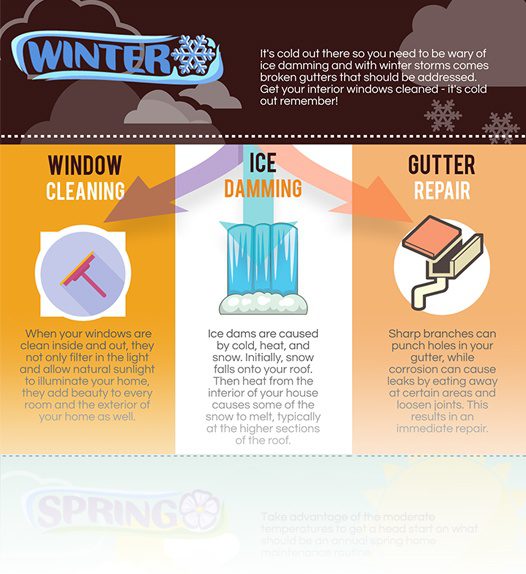When it concerns press cleaning, the technique you select can make all the distinction in achieving a tidy, streak-free coating. You may locate that hard surfaces, like concrete, call for a different technique than softer products, such as timber or vinyl. It's important to adapt your methods to the surface area type to stop damages while making the most of cleansing performance. So, what are house window washing business for every surface area, and just how can you ensure you're utilizing the ideal setups and devices for the task? Allow's discover what you require to recognize to get the best outcomes.
Hard Surfaces
When it pertains to press washing hard surfaces, preparation is key. Before you even think of pulling out the pressure washing machine, put in the time to remove the area of any particles, furniture, or obstacles. You don't want anything entering your means or possibly harmful your tools.
Next off, evaluate the surface for any splits or damage; this will aid you figure out the ideal approach and pressure setups.
As soon as you've prepared the area, it's necessary to choose the appropriate nozzle. For hard surface areas like concrete or brick, a slim nozzle (15 or 25 levels) works best to offer a focused stream of water that can effectively get rid of crud and stains. Constantly begin at a distance and slowly relocate closer to avoid any surface damage.
As you begin cleaning, keep the wand moving to prevent streaks and over-saturation. It's also useful to work from the top down, allowing dust and particles to remove normally.
Lastly, keep in mind to rinse the surface extensively after cleaning up to remove any kind of remaining detergent. With these techniques, you'll achieve a clean and renewed look on all your difficult surfaces.
Soft Surfaces
Stress cleaning soft surface areas needs a gentler strategy to shield them from damages. Whether you're cleansing your deck, patio furnishings, or exterior siding, making use of way too much stress can cause dents, scrapes, or even permanent damage.
Beginning by choosing a low-pressure nozzle, ideally a 25-degree or bigger spray pattern, to disperse the water extra carefully.
Before you start, it's vital to pre-treat any discolorations with a suitable cleansing option. This action allows the cleaner to permeate the dust and grime, making it simpler to get rid of without rubbing also hard.
Constantly use the service from all-time low as much as stop streaking.
When window cleaning system begin stress cleaning, preserve a distance of at least 12 to 18 inches from the surface area. Relocate your stick in a sweeping movement, maintaining it parallel to the surface to avoid concentrated stress on one place.
Rinse the location extensively after cleaning up to remove any type of residual cleanser.
Last but not least, evaluate the surface area for any missed spots and repeat the procedure if essential. By complying with these actions, you can efficiently tidy soft surfaces while protecting their honesty and appearance.
Specialized Surfaces
Cleaning soft surfaces needs treatment, but specialty surfaces require much more interest to information. When you take on these surfaces, like delicate wood, stained concrete, or particular sorts of house siding, making use of the right stress cleaning techniques is vital to prevent damage.
Initially, analyze the product. For instance, treated timber can usually endure moderate stress, but softer woods like cedar may need a lower setting. Always start with the most affordable pressure and gradually boost if required.
For tarnished concrete, make use of a fan spray nozzle and maintain a constant distance to prevent etching the surface.
When handling surfaces like plastic siding or repainted surface areas, a broad spray pattern assists disperse the stress evenly, securing the surface.
It's additionally a good idea to utilize cleaning agents especially made for specialized surface areas. They can improve cleansing without jeopardizing the material.
Wash extensively after washing to remove any type of residue, as it can bring about discoloration or damage with time.
Final thought
Finally, grasping pressure cleaning strategies for different surfaces can make all the distinction in your cleaning results. For difficult surface areas, stick to narrow nozzles and a top-to-bottom approach, while soft surfaces require a gentler touch with wider nozzles. Do not forget to pre- visit the website and wash completely to avoid residue. By adapting your methods to each material, you'll not only achieve a cleaner coating however additionally secure the integrity of your surface areas. Delighted cleaning!
